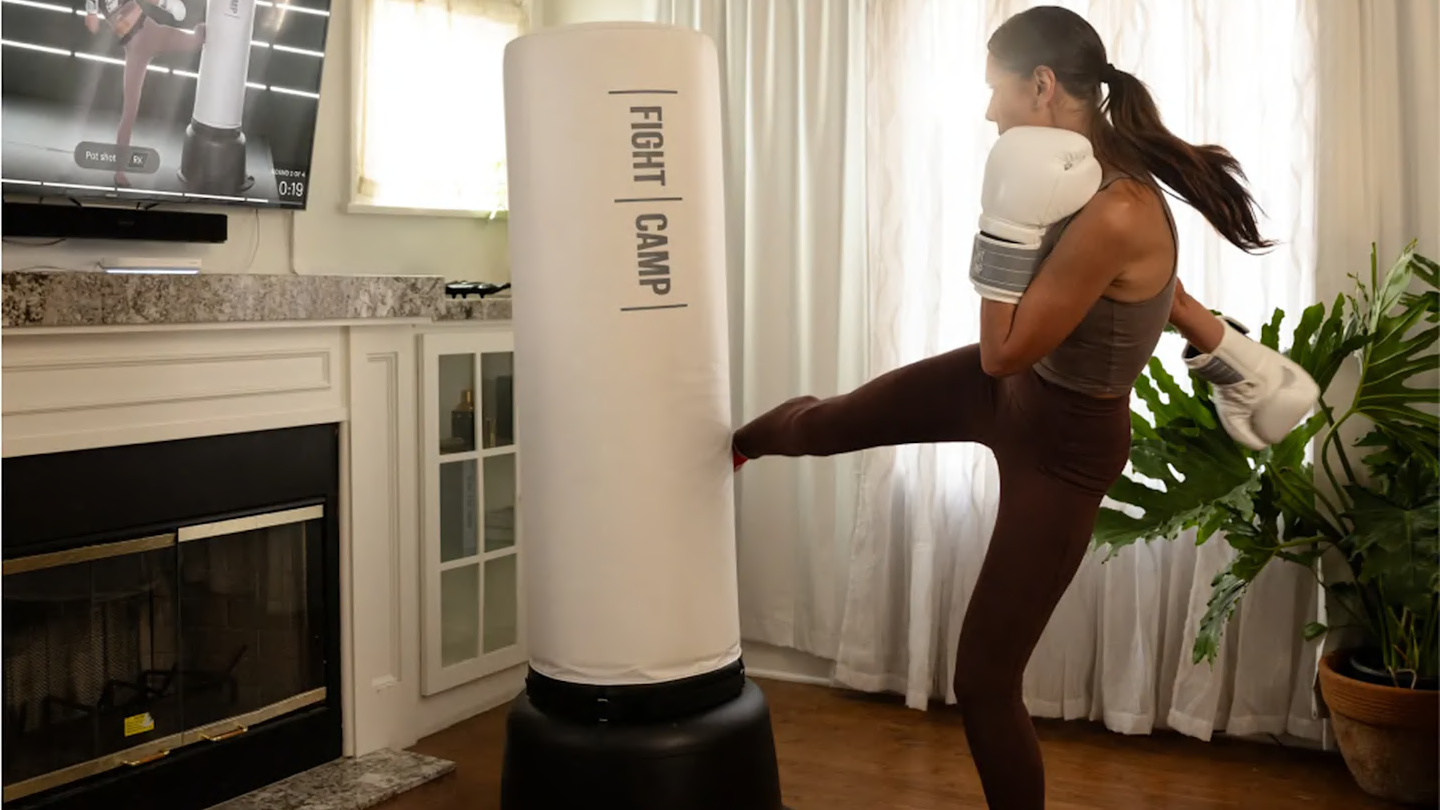Sports
Japanese seniors pop and lock to breakdancing beats in latest sport tailored to ageing population

Head spins and monkey flips are noticeable by their absence. But in their place there is a lot of laughter and a thumping beat, along with the occasional grimace and yelp of frustration.
The 10 people – wearing bright orange and green T-shirts that mark them out as members of Ara Style Senior – do not belong to the demographic you would normally associate with breakdancing. Their average age hovers just below 70, and the oldest is 74.
But on a hot afternoon in an eastern Tokyo suburb, amid nervous smiles and initial timing issues, the group ends with a perfectly executed pose the dance’s originators in 1970s New York neighbourhoods would probably agree is not too shabby at all.
Senior breaking is one of a growing category of sports tailored to Japan’s large population of older people who, thanks to the country’s extraordinary longevity statistics, are determined to keep popping and locking for as long as their bodies will allow.
“At first I thought, there was no way I could breakdance at my age,” says 69-year-old Hitomi Oda. “And of course, we can’t do anything extreme, but it’s fun just to do the easy moves and get your body working.”
These superannuated b-girls and b-boys, who meet twice a month at a community centre in the capital’s Edogawa ward, have the organisers of this summer’s Paris Olympics, and former breaking national champion Yusuke Arai to thank for this novel approach to fitness in their later years.
“Some of my mother’s friends told her they were interested in learning how to breakdance, and when it was chosen as an Olympic sport, I thought, ‘Why not give it a go?’” Arai tells the Guardian ahead of a recent class. “There was a time when no one took much notice of breaking, and people said it wasn’t a proper sport, so the Olympics are a great opportunity.”
The 39-year-old tailors his class to bodies that may not be as supple as the children he has been teaching for almost a decade. “You have to lower the hurdles to make it possible for older people to do the moves, so I begin with a focus on easy moves using the top half of the body,” says Arai.
“If people feel comfortable about trying something slightly more difficult, we start to move around the floor.”
The keen amateurs being put through their paces are part of a strong Japanese tradition in breaking, which will make its Olympic debut in Paris, three years after Japan’s athletes excelled at another new street-inspired Olympic sport – skateboarding – when it appeared at the pandemic-delayed Games in Tokyo.
The country’s four-member breakdancing team – including Ayumi Fukushima, a 41-year-old former kindergarten teacher, 25-year-old Ami Yuasa and Shigeyuki “Shigekix” Nakarai, 22 – will be among its medal hopefuls in Paris.
The class is just a few minutes old when the dancers, faces flushed from stretches and warm-up exercises, take the first of several breathers. The genteel approach works: since the classes started last year, not a single dancer has so much as sprained an ankle.
A few have backgrounds in other forms of dance, but most had never tried breaking until a combination of Olympic excitement and gentle peer pressure brought them through Arai’s door. Now they are converts, practising together between sessions with the help of YouTube tutorials.
The class ends with a meticulously rehearsed routine that combines toprocks and floor moves and, as its signoff, a baby freeze the dancers are asked to re-create multiple times by a visiting Japanese TV crew.
“The rhythm and the perseverance mean it stimulates your brain as well as your body,” says Kazuharu Sakuma, the only male dancer, who is here taking a trial class.
The 71-year-old says he will be back. “It’s not like you have to memorise the moves … you just do them two or three times and you realise, ‘yes, I can actually do this’. That’s when it becomes really enjoyable. It’s also great for general fitness … I’m hoping it will make it easier to walk up stairs.”
Class regular Takako Mizutani removes her trucker cap and pronounces herself “not in the least bit tired”.
The 71-year-old says she was introduced to the sport via a friend and has never looked back.
“It doesn’t matter if you’re not very good at it, it’s a lot of fun and a proper workout,” adds Mizutani, who has a background in jazz dance. “I plan to keep breaking for as long as I can.”








